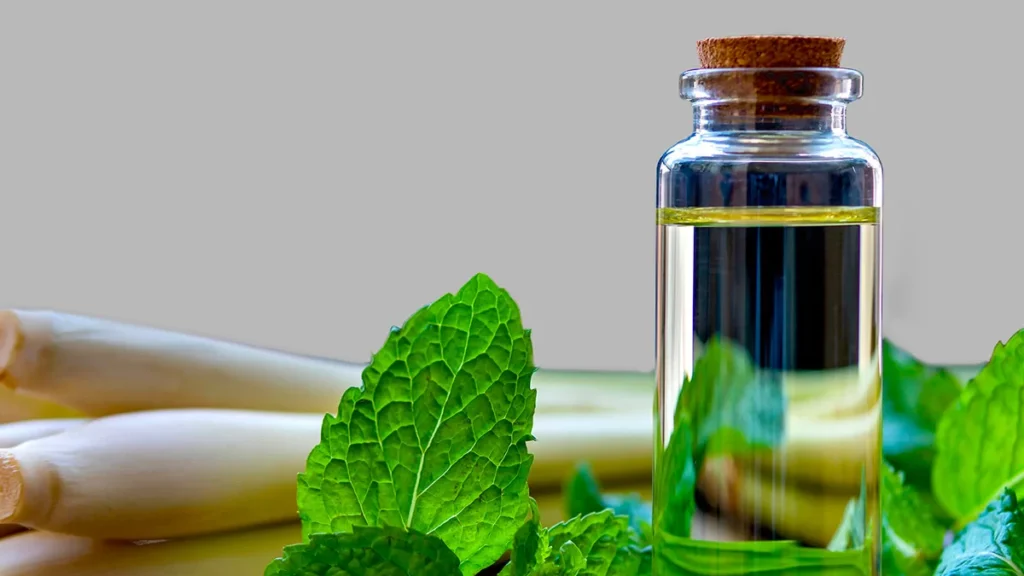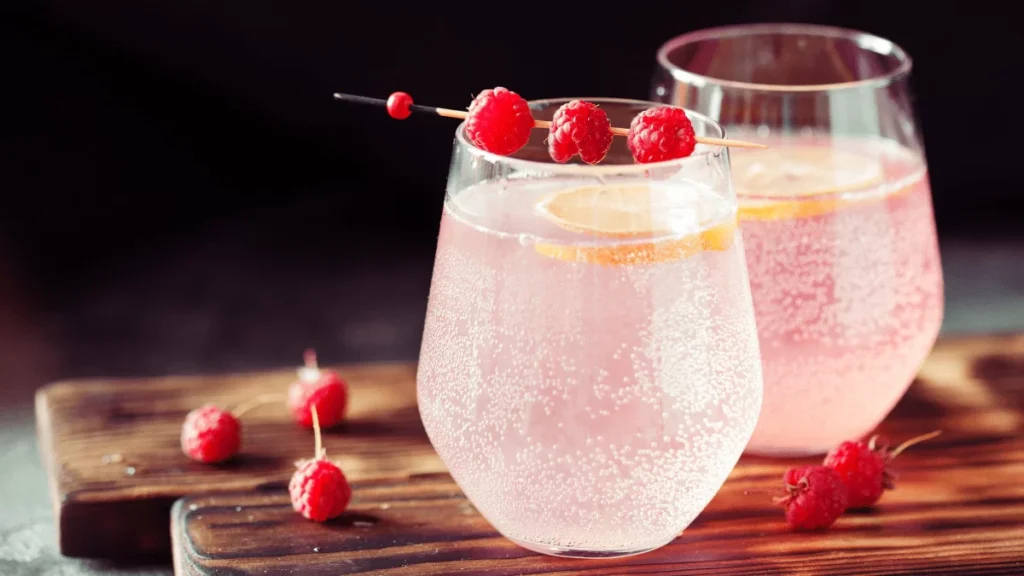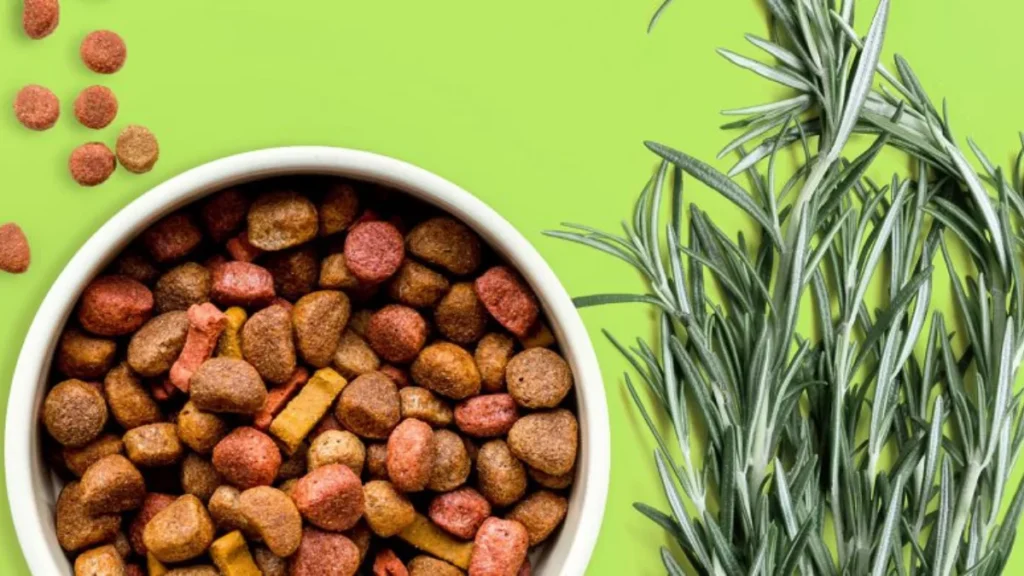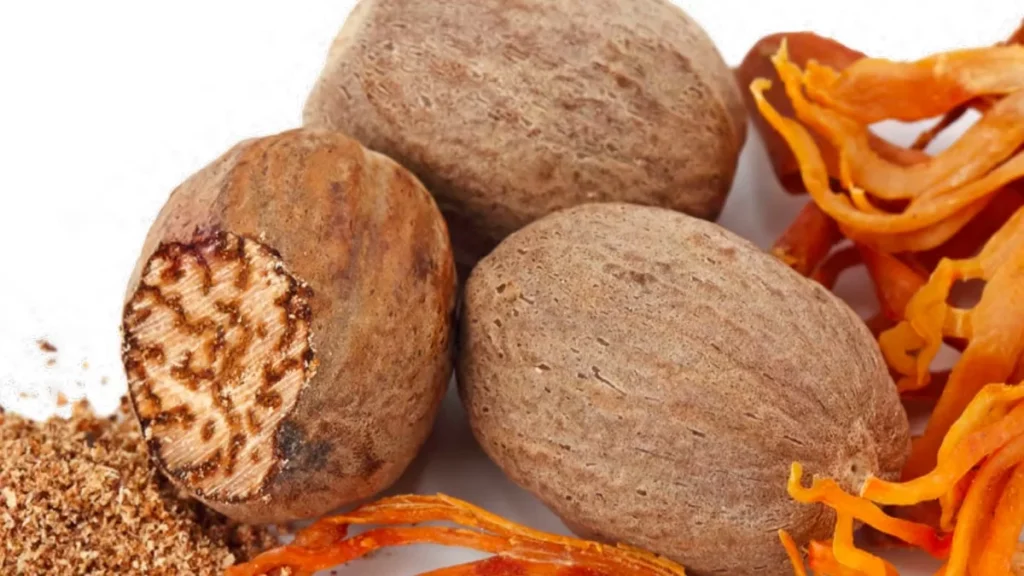The Rise of Cold Brew Coffee
Cold brew coffee has rapidly evolved from a niche trend to a mainstream beverage, captivating the taste buds of coffee enthusiasts worldwide. As more consumers shift towards unique, refreshing alternatives to traditional hot coffee, cold brew coffee flavor trends are exciting. Cold brew has emerged as the drink of choice for those seeking a smoother, less acidic coffee experience.
This rising demand for cold brew has sparked a wave of innovation, pushing flavor development to the forefront of the industry. With an increasing focus on natural ingredients and bold flavor profiles, cold brew coffee is no longer just a caffeine fix—it’s a canvas for creative flavor expressions.
For food and beverage manufacturers, staying ahead of cold brew coffee flavor trends is essential to meet consumer expectations and stand out in a competitive market.
In this article, we’ll explore the latest flavor development trends in cold brew coffee, focusing on how flavor companies for food manufacturers are crafting innovative, natural, and functional flavors to elevate the cold brew experience.
Key Development Trends in Cold Brew Coffee Flavors
The cold brew coffee market is evolving rapidly, driven by consumers’ growing appetite for bold, natural, and functional flavors. As coffee lovers seek out new and exciting ways to experience their favorite beverage, flavor companies for food manufacturers are pushing boundaries with innovative formulations. Let’s dive into the key flavor development trends that are shaping the cold brew coffee landscape:
Natural Flavor Profiles
One of the most significant shifts in cold brew flavor development is the move toward natural flavor profiles. As more consumers prioritize clean, transparent labels, natural ingredients are becoming the gold standard in flavor development.
Cold brew coffee manufacturers are turning to nature’s offerings, such as honey, fruit extracts, botanical infusions, and sustainably sourced spices, to craft flavors that resonate with today’s health-conscious consumer.
Whether it’s a subtle hint of lavender or a robust burst of dark cherry, natural flavors allow for a more authentic and wholesome experience that meets the demand for clean label beverages.
Functional Ingredients
In addition to natural flavors, functional ingredients are making their mark in cold brew coffee flavors. As health and wellness continue to drive consumer choices, coffee manufacturers are infusing their cold brews with ingredients that offer more than just flavor.
Adaptogens, antioxidants, and other functional compounds are being integrated to enhance the beverage’s health benefits. For example, the addition of ingredients like turmeric or ashwagandha can provide anti-inflammatory properties, while matcha offers a natural energy boost. These functional flavors enhance the taste and cater to consumers seeking a more holistic coffee experience.
Exotic & Unique Flavors
Cold brew coffee’s naturally smooth and mellow profile makes it an ideal base for experimenting with exotic and unique cold brew coffee flavors. As consumers become more adventurous with their coffee choices, flavor companies are pushing the envelope by incorporating unconventional ingredients.
Think tropical fruits like passionfruit or guava, or spices such as cardamom and smoked cinnamon. These flavors bring an exciting twist to the classic cold brew experience, allowing manufacturers to create signature blends that stand out in a crowded market.
By infusing these bold, unexpected cold brew coffee flavors, manufacturers can tap into consumers’ desire for novelty and originality.
Sweetener Alternatives
With the growing concern over sugar intake, sweetener alternatives have become a crucial trend in the cold brew coffee flavor space. Traditional cold brew can be quite bitter, so offering alternatives to sugar has become essential to meet consumer preferences.
From organic sweeteners like honey, stevia, and monk fruit to plant-based options such as maple syrup or coconut sugar, these alternatives allow consumers to enjoy their cold brew without the added guilt. In turn, manufacturers are catering to the rising demand for healthier, lower-sugar beverages while still providing a satisfying, sweet taste.
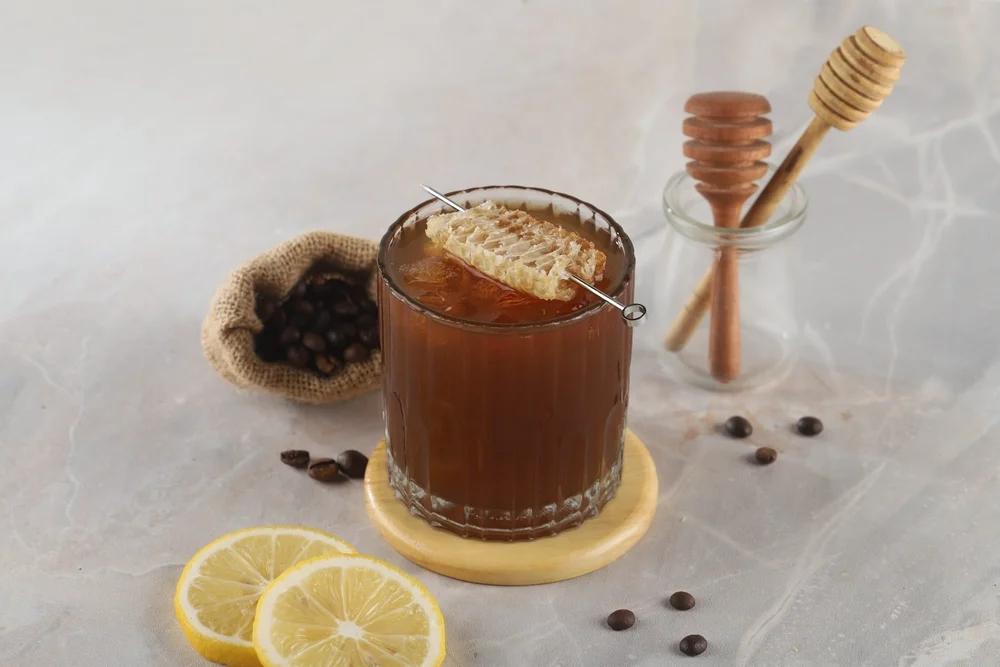
The Science Behind Cold Brew Coffee Flavor Enhancements
Understanding the science behind cold brew coffee’s flavor is essential for creating the best possible formulations. Unlike traditional hot brewing methods, the cold brew process results in a smoother, less acidic coffee that serves as the perfect foundation for innovative cold brew coffee flavor trends.
But crafting a cold brew with exceptional flavor isn’t just about choosing the right ingredients; it’s also about how these ingredients interact with the brewing method.
Extraction Process
The unique flavor profile of cold brew coffee begins with its brewing method. By steeping coffee grounds in cold water for an extended period (typically 12-24 hours), cold brew coffee develops a smoother, richer taste than hot-brewed coffee.
The longer extraction time allows the coffee’s natural oils and flavors to be drawn out without extracting the bitter compounds that often accompany hot brewing. This process creates a fuller, more rounded flavor, setting cold brew apart from its traditional counterparts.
Flavor companies for food manufacturers understand that this process is key to developing cold brew coffee flavors that complement and enhance the coffee’s natural characteristics.
Reaction Flavors
An often overlooked aspect of cold brew coffee flavor development is the role of reaction flavors. Reaction flavors occur during the roasting and brewing process when compounds in coffee react with heat or cold to create new taste sensations.
In cold brew coffee, the lower brewing temperature means that different flavor compounds are activated compared to traditional hot brew methods. These subtle yet significant changes in flavor provide a unique opportunity for flavor companies to create reaction flavors that elevate the coffee experience.
For instance, the Maillard reaction—responsible for the browning of coffee beans—may produce more pronounced caramel, chocolate, or nutty notes in cold brew coffee, offering an ideal canvas for developing rich, indulgent flavors that are perfect for the growing cold brew market.
Additional reading: The Role of Roasting in Coffee Flavor: From Light to Dark
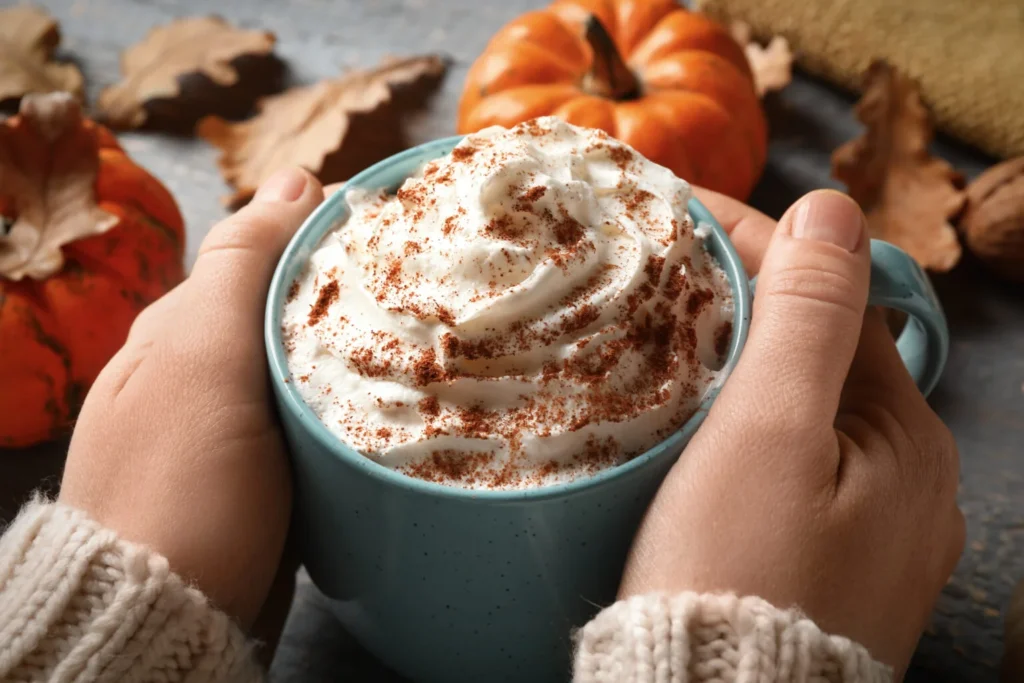
Flavor Pairing: Balancing Boldness and Subtlety
When it comes to cold brew coffee flavor trends, one of the key challenges is finding the right balance between bold, intense flavors and more delicate, subtle undertones.
Cold brew coffee’s naturally smooth, mellow base provides a versatile canvas for flavor development, but achieving harmony between robust and nuanced tastes requires careful consideration.
Here’s how flavor companies for food manufacturers are mastering the art of flavor pairing in cold brew coffee:
Layered Flavors
Creating a complex, well-rounded cold brew coffee often involves layering flavors. For example, manufacturers may combine rich, bold flavors like dark chocolate or brown sugar with more delicate notes such as vanilla or almond.
This layering effect allows each flavor to shine through without overpowering the others, resulting in a harmonious and balanced cup of cold brew. Additionally, the smoothness of cold brew coffee enhances the ability to showcase these layers of flavor, providing a rich and satisfying tasting experience that keeps consumers coming back for more.
Balancing Boldness and Subtlety
Achieving the perfect balance between bold and subtle flavors is essential for crafting a cold brew coffee that appeals to a wide range of taste preferences.
While some consumers prefer strong, upfront cold brew coffee flavors—such as cinnamon, caramel, or even smoky notes—others may seek a more refined experience with softer undertones of citrus, floral, or herbal notes.
The key to success lies in understanding how these flavors interact with the coffee’s base. Bold flavors can offer a memorable, impactful first sip, while subtle flavors provide depth and complexity, evolving as the coffee lingers on the palate.
For flavor companies for food manufacturers, this balance ensures that each cold brew coffee flavor offering can cater to diverse tastes and stand out in a competitive market.
Texture and Mouthfeel
In addition to flavor, the texture and mouthfeel of cold brew coffee play a crucial role in the overall drinking experience. Cold brew’s naturally smooth and velvety texture is often complemented by flavor pairings that enhance its mouthfeel.
For instance, creamy notes like coconut or oat milk can add a rich, silky feel, while spices like nutmeg or cinnamon can create a warming sensation. These textural elements work hand-in-hand with the flavors, providing a full-bodied coffee experience that engages all of the senses.
The right balance of bold and subtle flavors, combined with the perfect mouthfeel, can elevate cold brew coffee from a simple beverage to a truly indulgent experience.
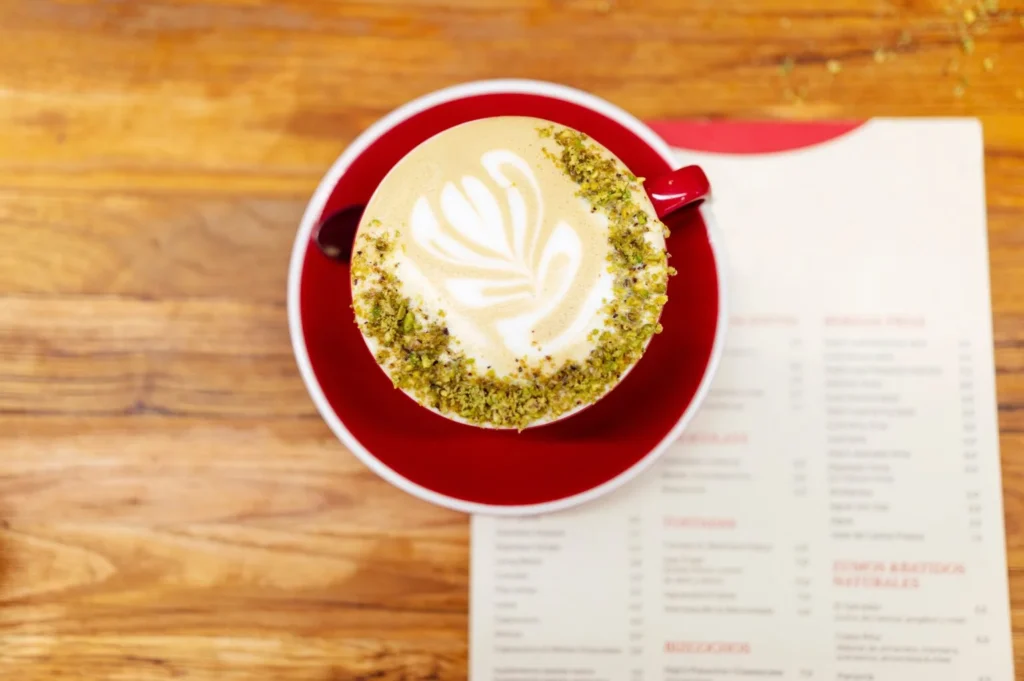
Challenges in Cold Brew Flavor Development
While the rise of cold brew coffee flavor trends has opened up exciting opportunities for innovation, it also presents unique challenges for manufacturers and developers. From maintaining flavor consistency to ensuring long-term stability, flavor companies for food manufacturers must overcome several hurdles to deliver cold brew products that meet consumer expectations and stand out in the marketplace.
Consistency
One of the biggest challenges in cold brew coffee flavor development is achieving consistency across batches. Because cold brew relies on extended steeping times and varying water-to-coffee ratios, even small differences in raw materials or brewing conditions can significantly impact the final flavor profile.
For manufacturers, this means that reproducing the same balanced taste—whether it’s a bold caramel note or a subtle floral undertone—requires meticulous control over both the brewing process and flavor formulation. Inconsistency can erode consumer trust, making this a top priority for brands entering or expanding in the cold brew category.
Stability
Another critical challenge is flavor stability over time. Cold brew coffee often has a longer shelf life than hot-brewed coffee, but this extended timeframe can pose difficulties for natural flavors.
Some flavor compounds may degrade, separate, or lose their intensity during storage, resulting in a less satisfying beverage for the consumer. This is especially important when using delicate natural or functional ingredients, which may be more prone to instability.
Flavor scientists, like Trilogy Flavors, are addressing this challenge with advanced techniques such as encapsulation and careful ingredient selection, ensuring that cold brew products retain their intended flavor throughout their shelf life.
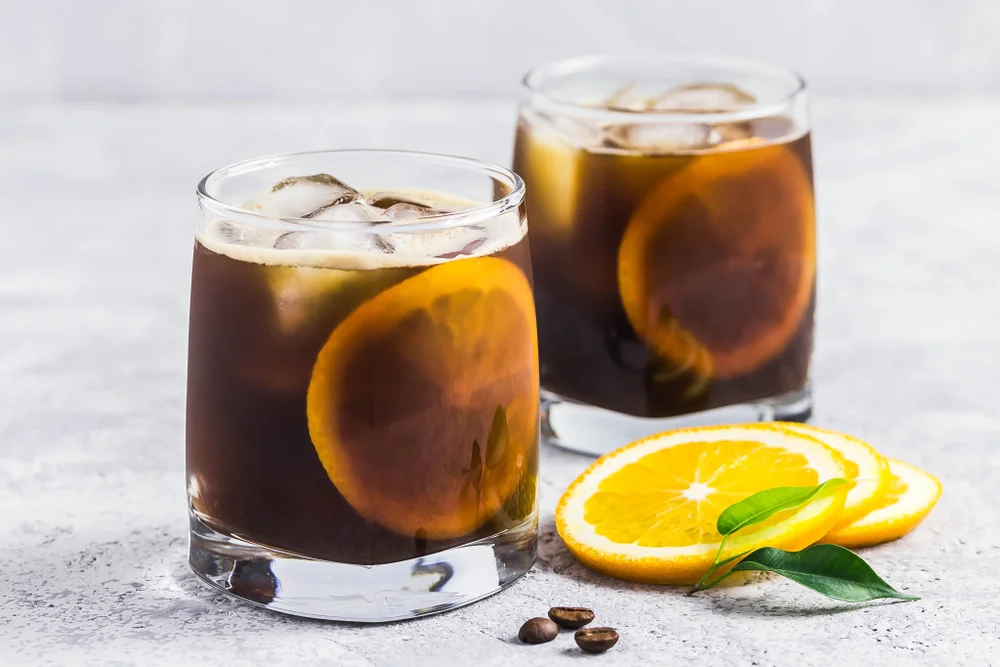
Future of Flavor Development in Cold Brew Coffee
The future of cold brew coffee is brimming with possibilities as consumer preferences evolve and technology advances. With cold brew coffee flavor trends constantly shifting, innovation will be the driving force that keeps the category fresh and exciting.
For flavor companies for food manufacturers, the challenge is to anticipate these changes and craft solutions that align with market demands while staying true to cold brew’s smooth, refreshing identity.
Sustainability
Sustainability is becoming a core consideration in cold brew coffee development. Consumers are increasingly aware of the environmental impact of their food and beverage choices, pushing brands to adopt eco-friendly practices and responsibly sourced ingredients.
This includes everything from fair-trade coffee beans and ethically sourced spices to plant-based flavor components. By integrating sustainable practices into flavor development, companies can appeal to eco-conscious consumers while contributing to a more responsible beverage industry.
Additional reading: How Sustainable Sourcing Impacts Flavor Quality
Technology’s Role
Advancements in food science and technology are set to play a pivotal role in shaping the future of cold brew coffee flavors. Techniques such as flavor encapsulation allow delicate flavor compounds—like citrus, floral, or herbal notes—to remain stable and vibrant throughout a product’s shelf life.
Additionally, improved extraction technologies can highlight specific coffee notes, giving manufacturers greater control over how flavors interact with the cold brew base. These innovations empower flavor developers to experiment with increasingly complex flavor profiles while maintaining consistency and quality.
Expanding Flavor Horizons
Looking forward, the exploration of new and unexpected flavors will continue to define the cold brew category. From global flavor inspirations like yuzu, cardamom, and hibiscus to indulgent profiles such as salted caramel or toasted hazelnut, consumers will expect cold brew coffee that surprises and delights.
The fusion of familiar comfort flavors with adventurous twists will ensure cold brew stays relevant and exciting, attracting both loyal coffee drinkers and curious newcomers alike.
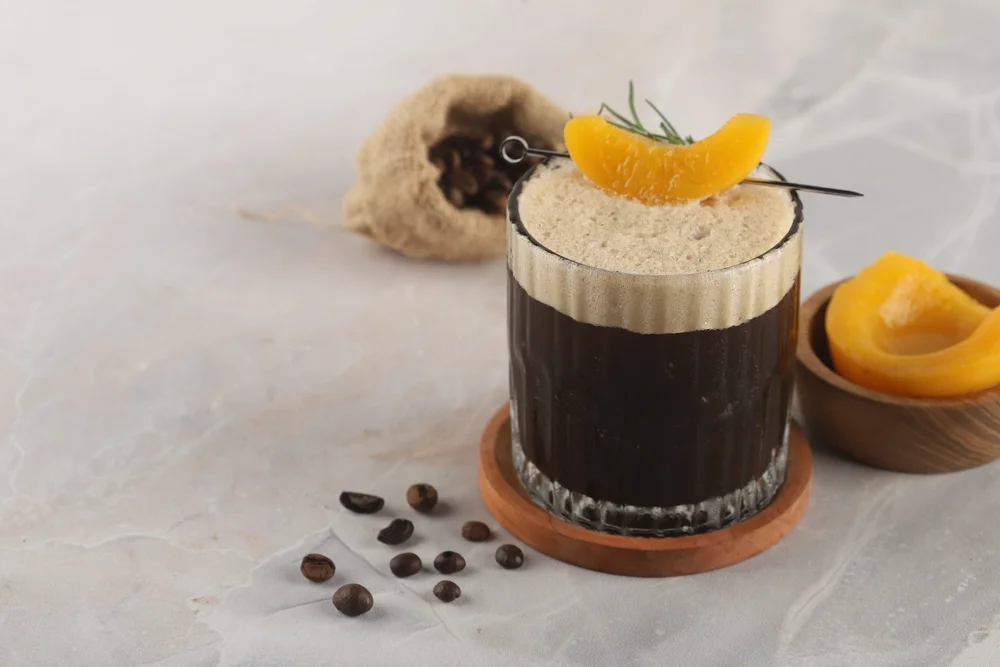
Conclusion
Cold brew coffee flavor trends are rewriting what consumers expect from their caffeine fix—smoother acidity, bold yet balanced flavor profiles, functional additions, and cleaner, more natural ingredients.
For food manufacturers, keeping up with cold brew coffee flavor trends is no longer optional—it’s essential. By embracing the science of flavor extraction, investing in stable natural and reaction flavors, and crafting layered flavor pairings with the right balance of boldness and subtlety, brands can create cold brew offerings that resonate deeply in the marketplace.
At Trilogy Flavors, we’re proud to be a flavor company for food manufacturers that lives and breathes flavor innovation. Whether you’re seeking to enhance natural flavor profiles, develop exotic pairings, or solve challenges around consistency and texture, we’re your partner for bringing these evolving trends to life.
If you’re ready to push the boundary of what your cold brew coffee can taste like—or want to future-proof your product line against shifting consumer expectations—talk with us! Let’s collaborate to create cold brew formulations that stand out, deliver, and excite.



